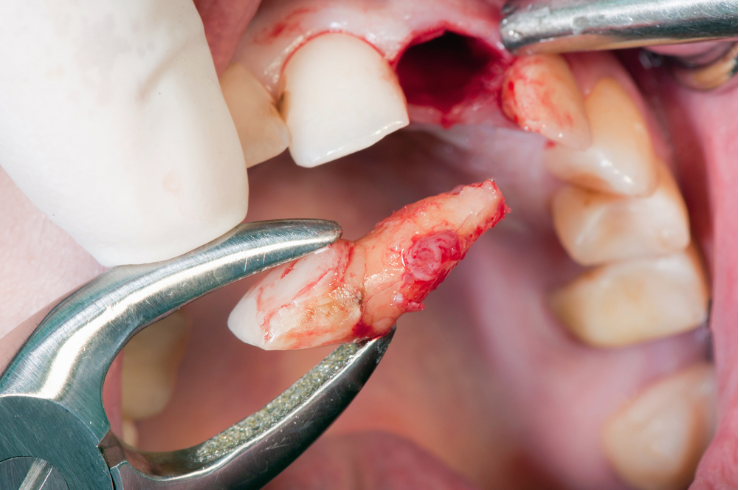
Impacted tooth extractions are dental procedures performed to remove teeth that are unable to fully erupt through the gums due to blockage or misalignment. This often involves teeth that are trapped within the jawbone or are angled in a way that prevents them from emerging properly. Commonly, the most frequently impacted teeth are the wisdom teeth, but other teeth can also be impacted.
Why Are Impacted Tooth Extractions Needed?
Impacted tooth extractions are typically necessary for the following reasons:
The Impacted Tooth Extraction Procedure
Benefits of Impacted Tooth Extractions
Aftercare and Recovery
Post-operative care is crucial for optimal recovery. You should:
Follow-Up Visits
Regular follow-up appointments with your dentist or oral surgeon are important to monitor the healing process and ensure that there are no complications.
Impacted tooth extractions, while commonly performed, require careful planning and care to ensure a smooth recovery and to preserve your overall dental health.